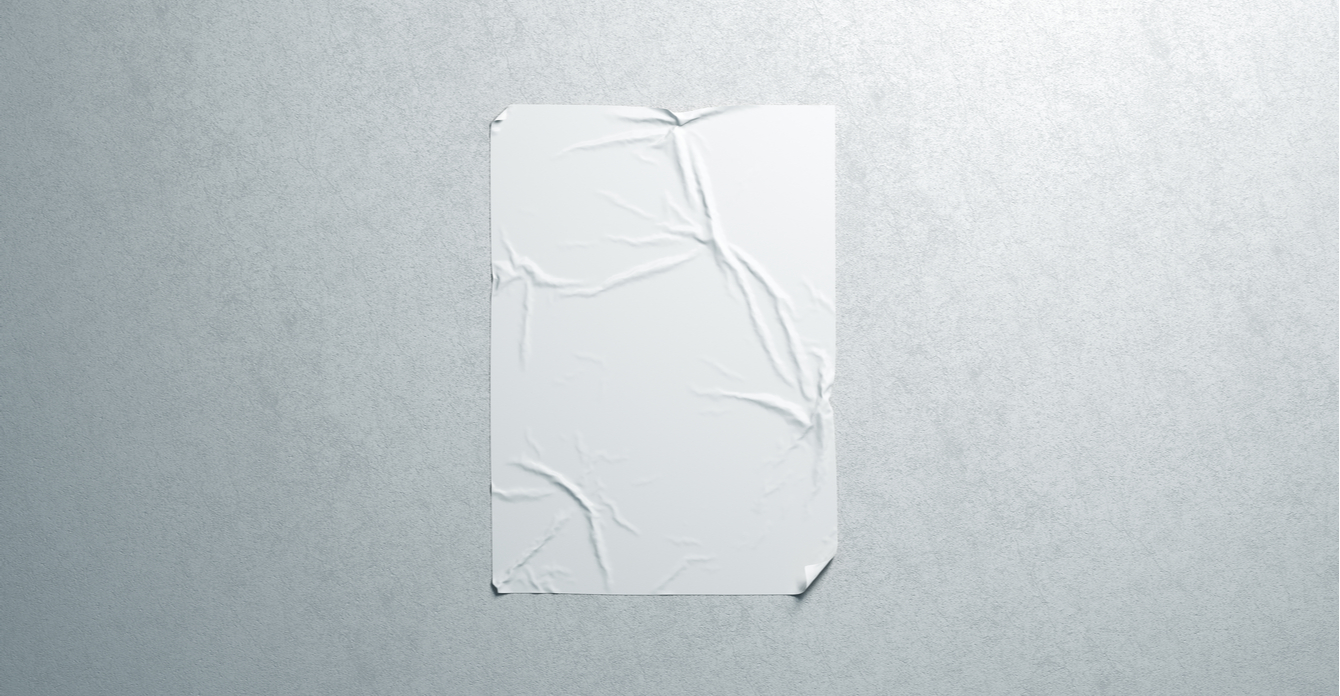Coatings are among a print producer’s most valuable tools: They protect paper and images from smudging, and can speed the drying process.
Aesthetically, coatings enhance paper finish and/or create contrast between images and background.
Paper stock plays a key role in specifying press coatings and managing expectations. On uncoated stocks, visual effects are secondary to smudge protection. Coated stocks allow both smudge protection and a full range of visual effects. Keep in mind that the same press coating on a gloss, silk, dull or matte stock will perform differently.
like what you’re reading?
subscribe to our newsletter
"*" indicates required fields
Petroleum-based varnish coatings
Advantage:
– Economical overall for perfectly registered spot-coating to highlight all or parts of images.
Drawbacks:
– Can add a yellow tint, especially over time.
– Effects are significantly greater on dark colors, but barely noticeable on light colors.
– Take a while to dry and spot dull varnish shows after it is dry.
Water-based aqueous coatings
Advantage:
– Faster drying and better rub protection than varnish.
Drawback:
– Spot aqueous exact registration to images is difficult.
UV coatings
Advantage:
– Easily used for spot-coverage, create the glossiest finishes and have the fastest drying time.
Drawback:
– Costliest of the three coatings; often done off-line and off-premise which increases print turnaround time.
Two other techniques that use a combination of dull and gloss coatings
– “The Old Standby”: spot gloss and spot dull varnish coatings registering to each other.
– “Relatively New” Strike-Thru: In a single pass, lay down overall gloss aqueous followed by spot dull varnish. The gloss is absorbed into the strike-thru varnish areas. The technique is most effective on dark ink backgrounds.
Happy Coating!
For more of Henry’s printing expertise, check out this post and come back again soon for tips on expediting projects from prepress to press!










